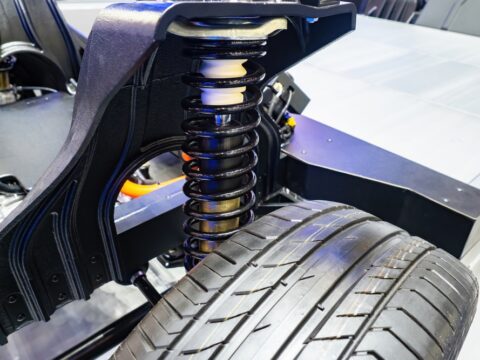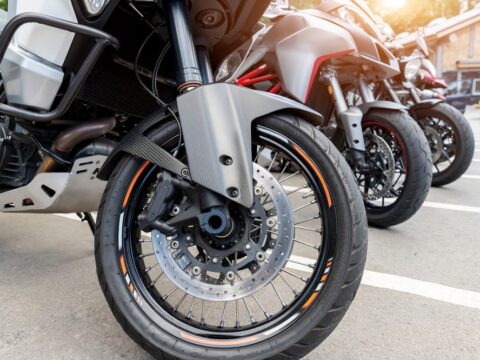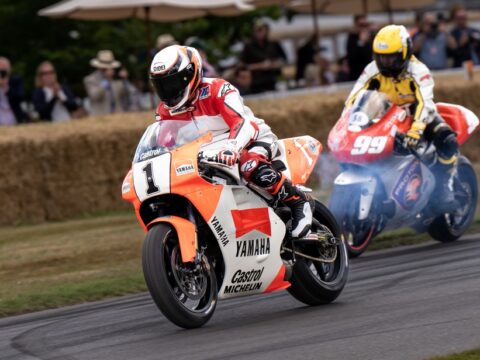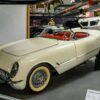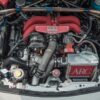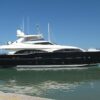Speed fans and boat racing enthusiasts alike have long been captivated by the thrill of historic racing boats, each one a testament to the relentless pursuit of innovation and sheer power on the water. These boats aren’t just vessels; they’re pieces of engineering artistry that defied the limitations of their times, pushing boundaries in design, speed, and performance. From the sleek lines of hydroplanes to the raw power of twin-engine speedboats, each of these legendary watercraft brought something unique to the racing world, leaving a legacy that continues to inspire modern boat designers. Their stories are filled with groundbreaking moments, record-breaking achievements, and unforgettable rivalries that helped shape the history of water racing.
Today, these historic boats remain cherished by fans and collectors, not just for their incredible speed but for the rich stories they carry. Names like Miss America IX, Bluebird K7, and Spirit of Australia resonate with racing history, reminding us of a time when designers and drivers alike risked everything to reach new speeds. Whether it was the audacity of a backyard-built racer breaking world records or the meticulous design that introduced new technologies to racing, these boats reflect the passion, innovation, and spirit of competition that define the sport. For anyone who loves the thrill of speed, these boats stand as icons of a daring era and an inspiration for generations to come.
Contents
Miss England II
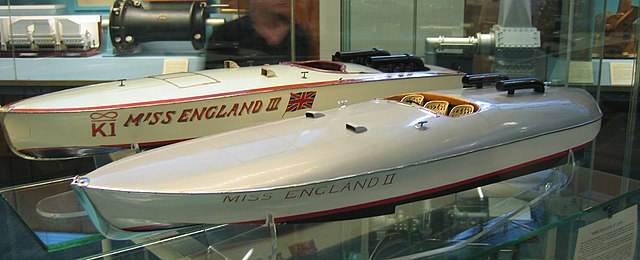
Built in the 1930s for Sir Malcolm Campbell, Miss England II featured twin Rolls-Royce engines and achieved speeds over 100 mph, pushing the boundaries of what boats could do at the time. Its elegant lines and powerful engines made it a trailblazer in speedboat design, setting new benchmarks for both British and global racing. Miss England II demonstrated how technological innovation and speed could captivate audiences, influencing boat engineering for decades to come. The boat remains an icon of racing history, celebrated for its elegance, speed, and engineering.
Bluebird K7
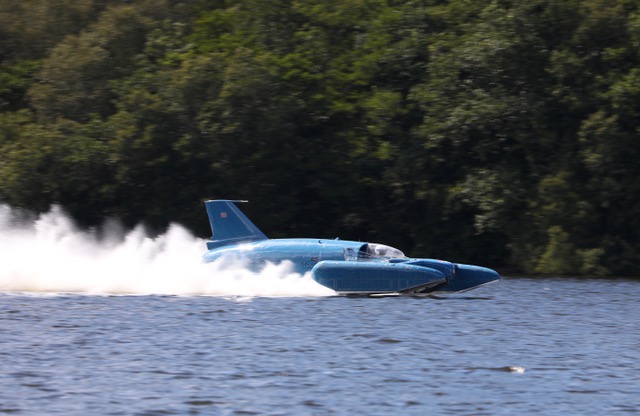
The Bluebird K7, piloted by British racer Donald Campbell, revolutionized the racing world with its jet-powered hydroplane design, pushing the boundaries of what speedboats could achieve. Introduced in the 1950s, the K7 was a technological wonder, featuring a unique three-point hull and a compact jet engine that allowed it to slice through water at unprecedented speeds. With its daring futuristic design, it became an icon, achieving seven water speed records before Campbell’s tragic crash in 1967 while attempting another record. Bluebird K7’s daring approach continues to inspire modern hydroplane design, exemplifying the relentless pursuit of speed that defines competitive racing.
Miss Pepsi
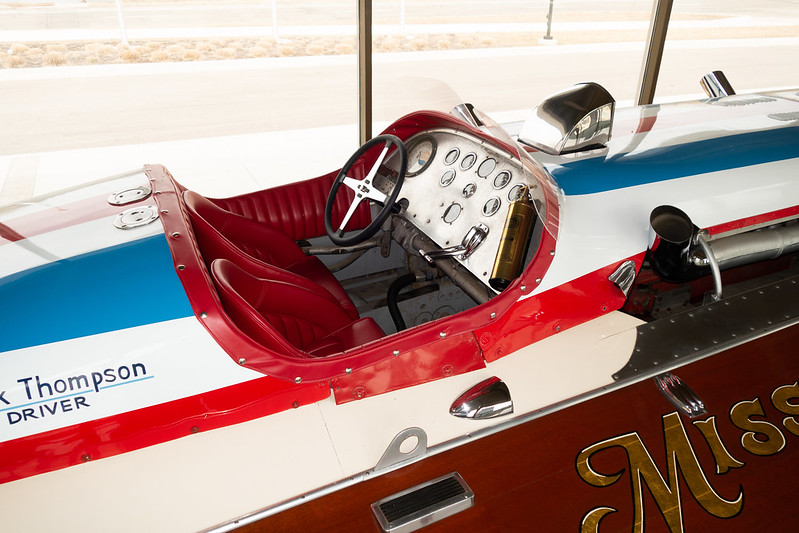
Miss Pepsi, a pioneering boat launched in 1947, changed the game by being one of the first boats to incorporate twin Allison aircraft engines, pushing it to impressive speeds of over 150 mph. Known for its power, elegance, and competitive spirit, Miss Pepsi became a fierce competitor in the unlimited hydroplane racing circuit, dominating rivals and earning a beloved place in racing history. Its innovative use of aircraft engines to boost performance highlighted a shift in racing boat technology, setting new performance standards and leading the way for subsequent engineering advancements. Today, it remains a symbol of speed and innovation for racing fans worldwide.
Miss Budweiser
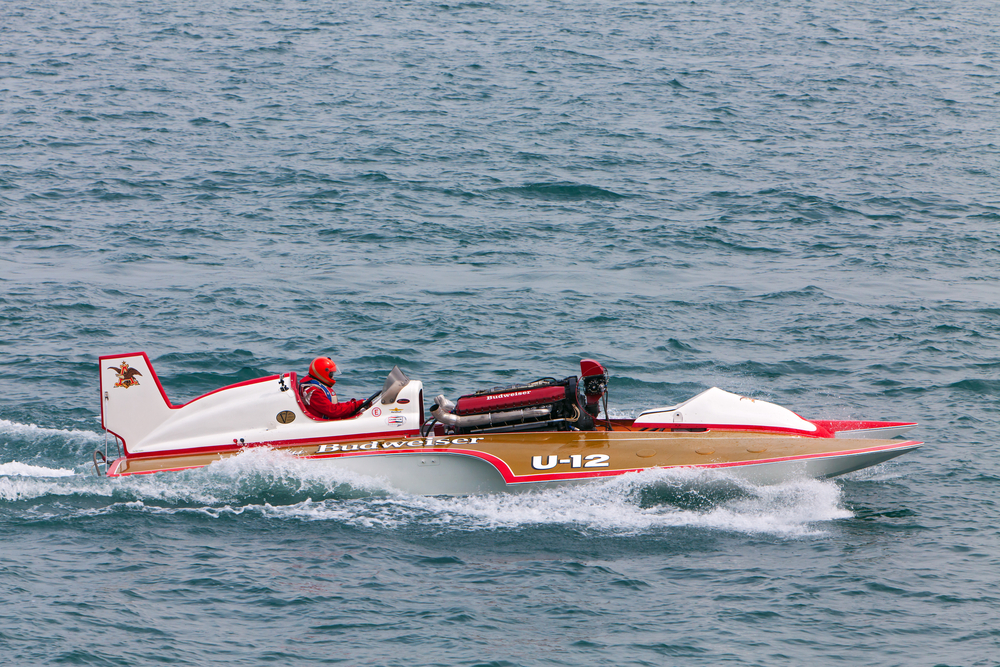
With one of the longest-running sponsorships in racing, Miss Budweiser became a mainstay of hydroplane racing from the 1960s through the 2000s, constantly evolving to stay competitive. It saw several design upgrades over the decades, incorporating powerful turbine engines and sleek aerodynamic hulls that pushed speed and handling capabilities further than ever before. Its series of wins and continuous improvements represented the technological advances of each racing era, making Miss Budweiser a favorite among fans and a symbol of speedboat engineering evolution. The boat’s legacy as a racing powerhouse lives on, inspiring future designs in the sport.
Atlas Van Lines
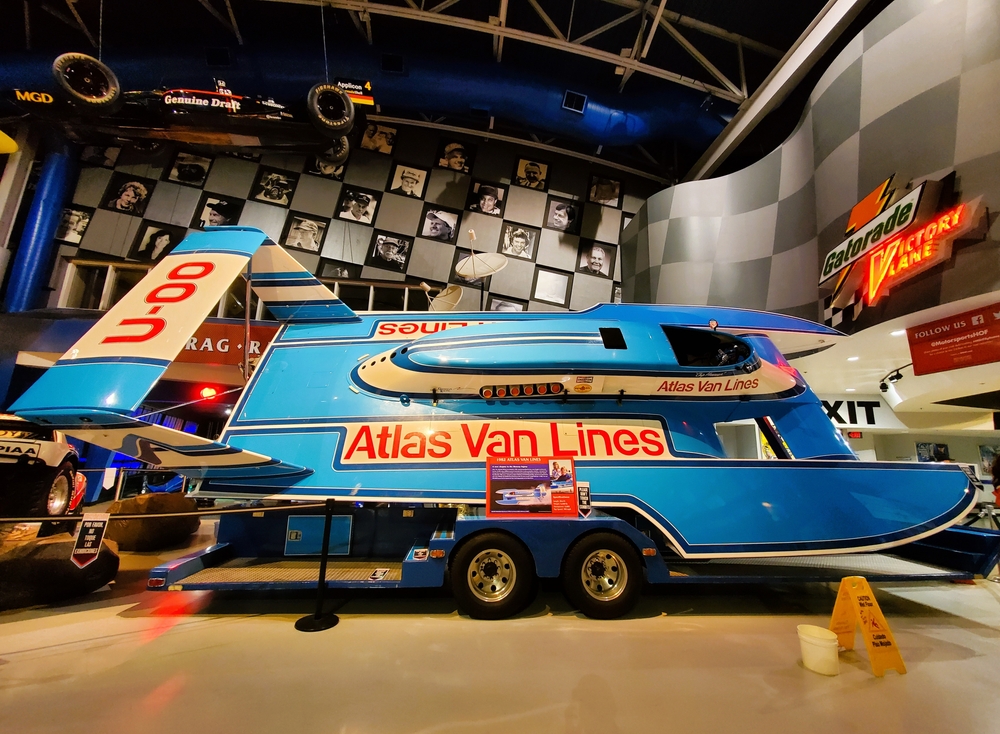
Atlas Van Lines was a dominant force in hydroplane racing during the 1970s and 1980s, largely thanks to its talented driver, Bill Muncey. This boat featured a powerful turbine engine and advanced aerodynamics that helped it achieve record-breaking speeds and numerous victories. Known for its distinct appearance and unmatched performance, Atlas Van Lines showcased the potential of turbine power in hydroplane racing, influencing the design of many racing boats to come. Fans remember it as a game-changer in hydroplane history and loved it for its impact on the sport and thrilling races.
Slo-Mo-Shun IV
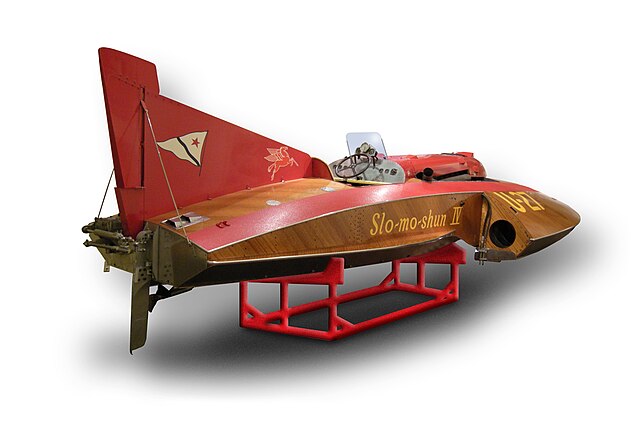
The revolutionary Slo-Mo-Shun IV, launched in 1949, forever altered speedboat racing by introducing the groundbreaking concept of “prop-riding,” which allowed the hull to lift out of the water and reduce drag, greatly increasing speed. Designed by Ted Jones, this innovative boat shattered world records and held the title of the fastest boat in the world for a time. The prop-riding technology developed for Slo-Mo-Shun IV was a milestone in hydroplane design, directly influencing the next generation of racing boats. Its legacy as a trailblazer in speed and engineering continues to inspire advancements in boat racing.
Spirit of Australia
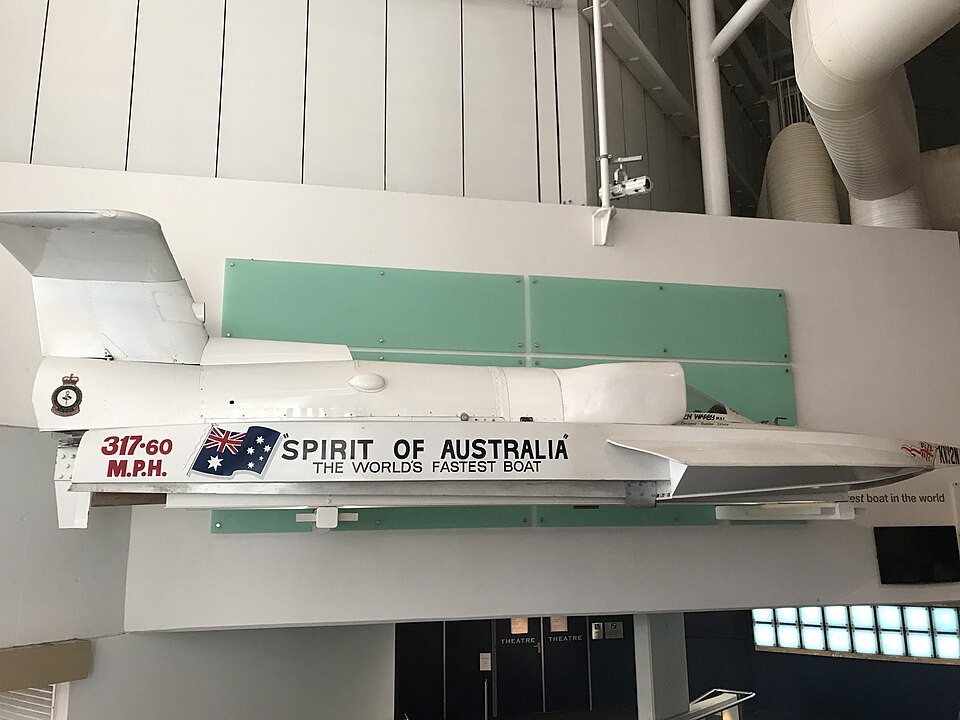
The Spirit of Australia, created by Ken Warby in 1978, set an unbeatable world water speed record of 317.6 mph, a record that stands to this day. Remarkably, Warby built the boat himself in his backyard, crafting a streamlined vessel that pushed the boundaries of speed and precision in boat design. The Spirit of Australia is celebrated as a DIY engineering marvel, showing that groundbreaking speeds can be achieved with dedication and ingenuity. Warby’s record-breaking success story continues to inspire speed fans and DIY builders alike, solidifying the Spirit of Australia as a legendary feat in racing history.
This article originally appeared on MyCarMakesNoise.
More from MyCarMakesNoise
15 Infamous Concept Cars That Never Hit the Roads

Concept cars often represent the pinnacle of a brand’s innovation and creativity, showcasing groundbreaking designs and cutting-edge technologies that captivate automotive enthusiasts and industry experts alike. However, not all concept cars make it from the drawing board to the production line. Read More.
McLaren’s 15 Most Powerful Cars and the Engineering Behind Them

High-performance cars represent the pinnacle of automotive engineering, blending speed, power, and cutting-edge technology. This article explores 15 of the most remarkable high-performance cars, showcasing their unique engineering feats and what sets them apart. Read More.
10 Iconic Limited-Edition Aston Martin Cars You Need to Know

Aston Martin has a storied history of producing some of the most iconic and luxurious cars in the world. Among their most prized creations are the limited-edition models, which combine heritage, innovation, and exclusivity. Read More.

